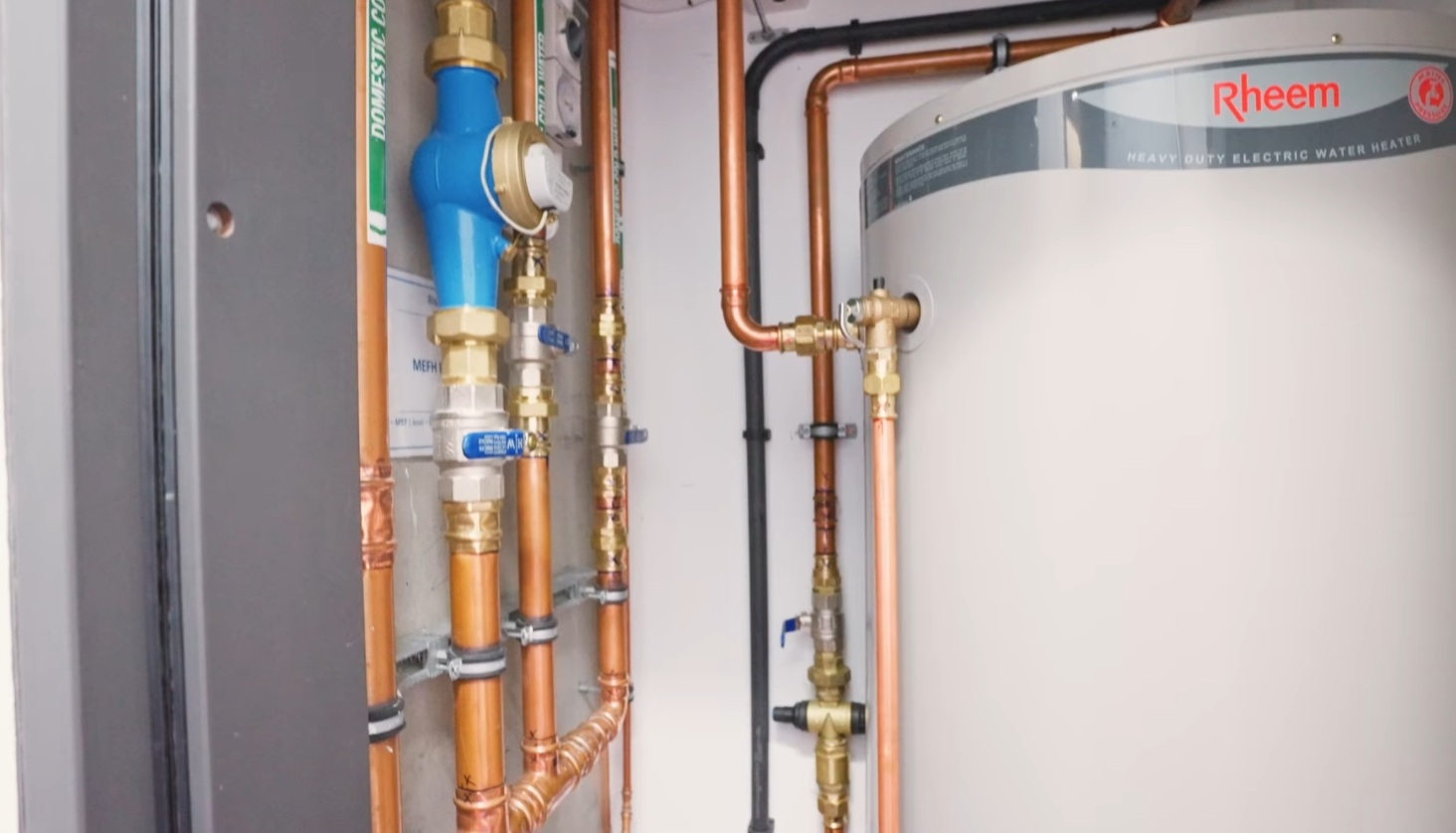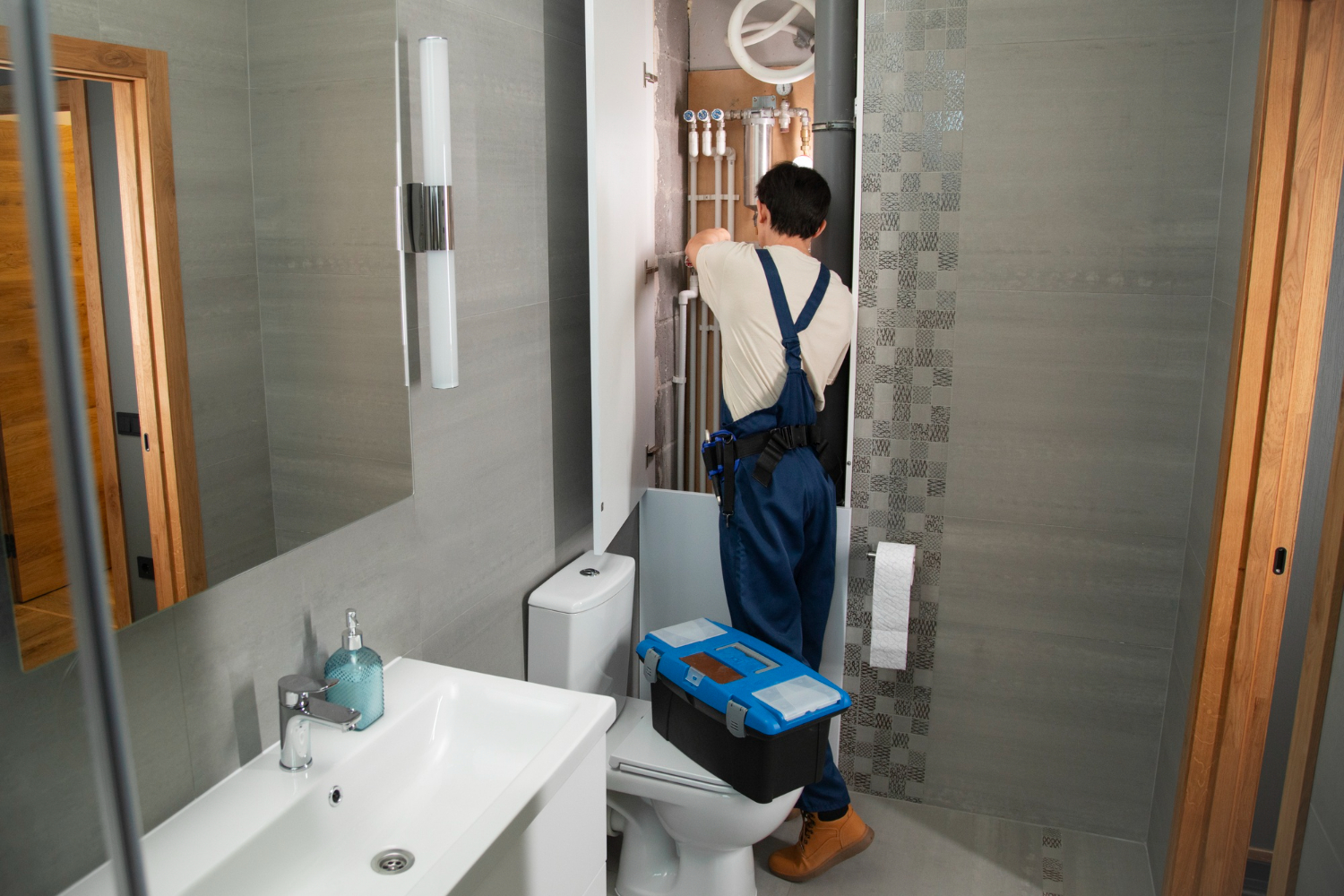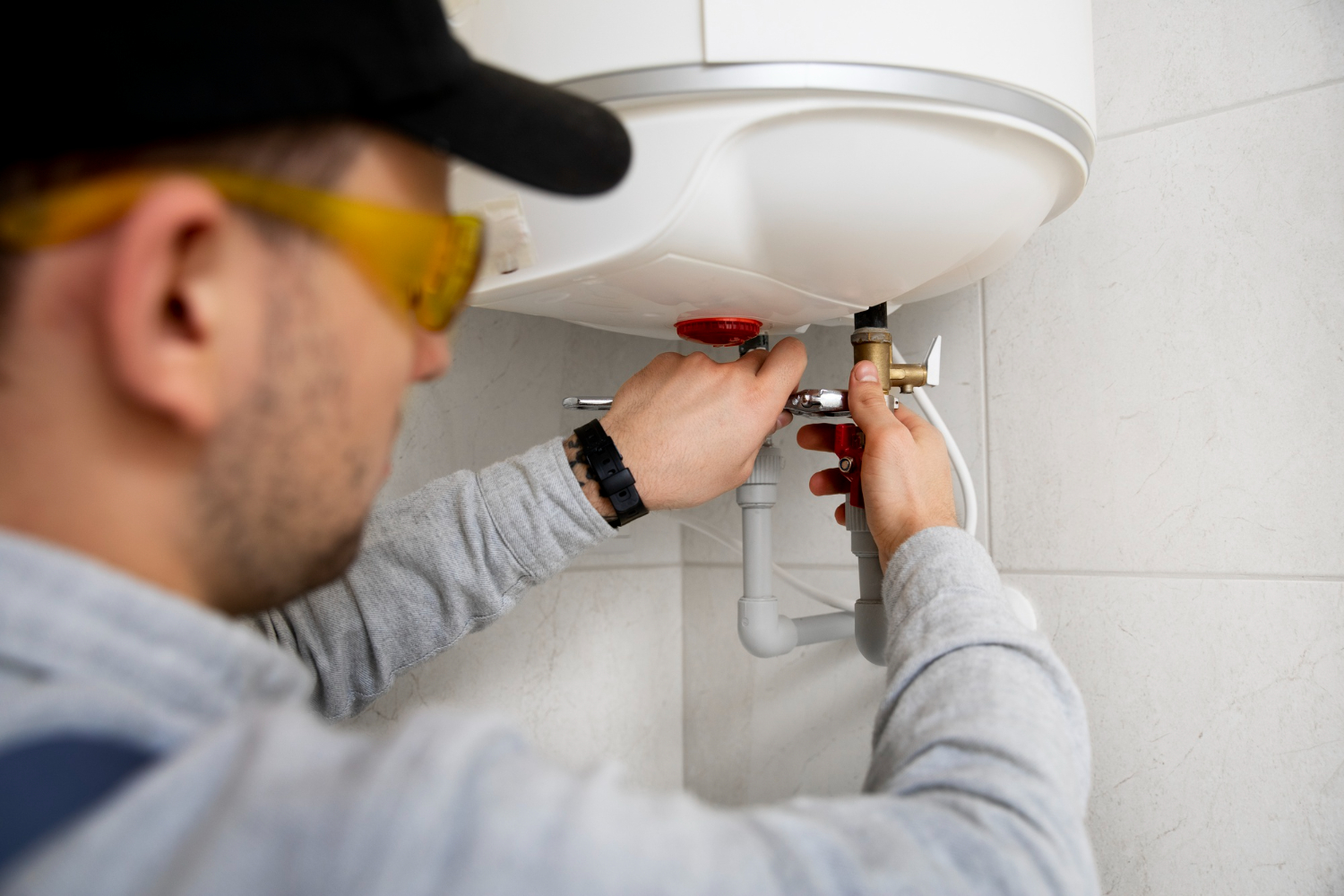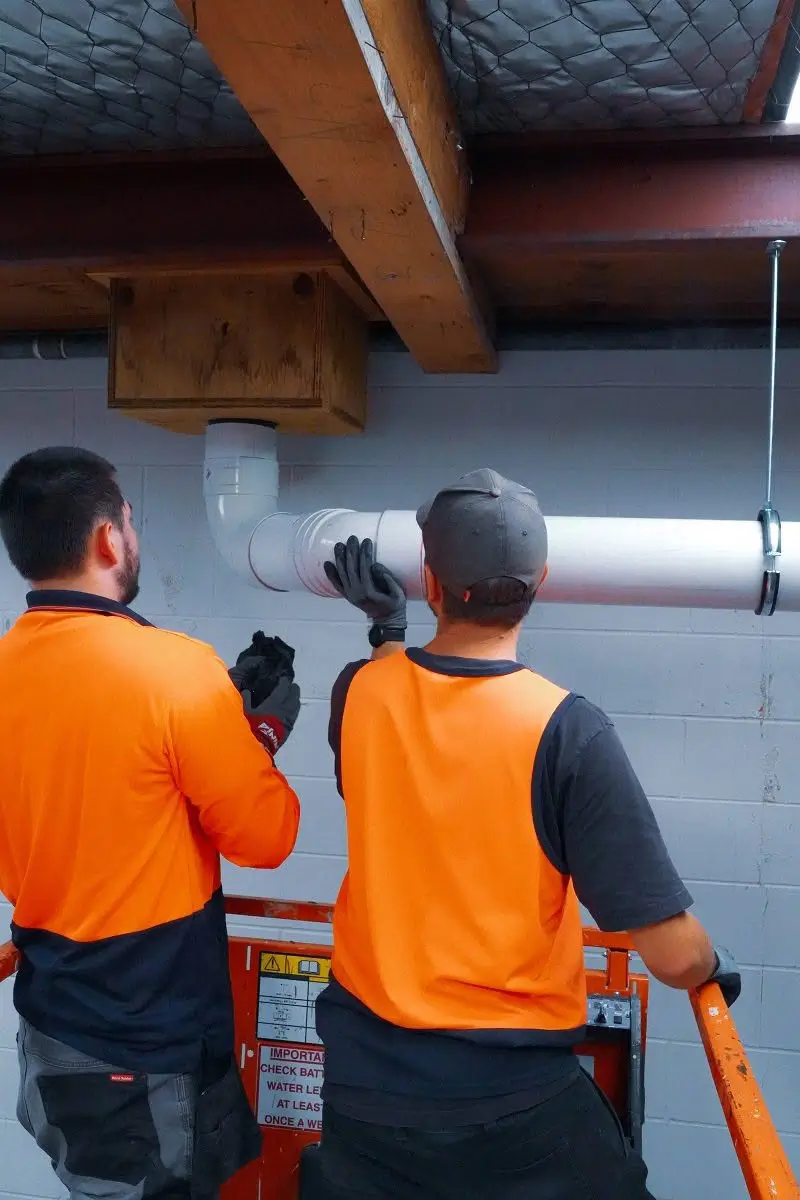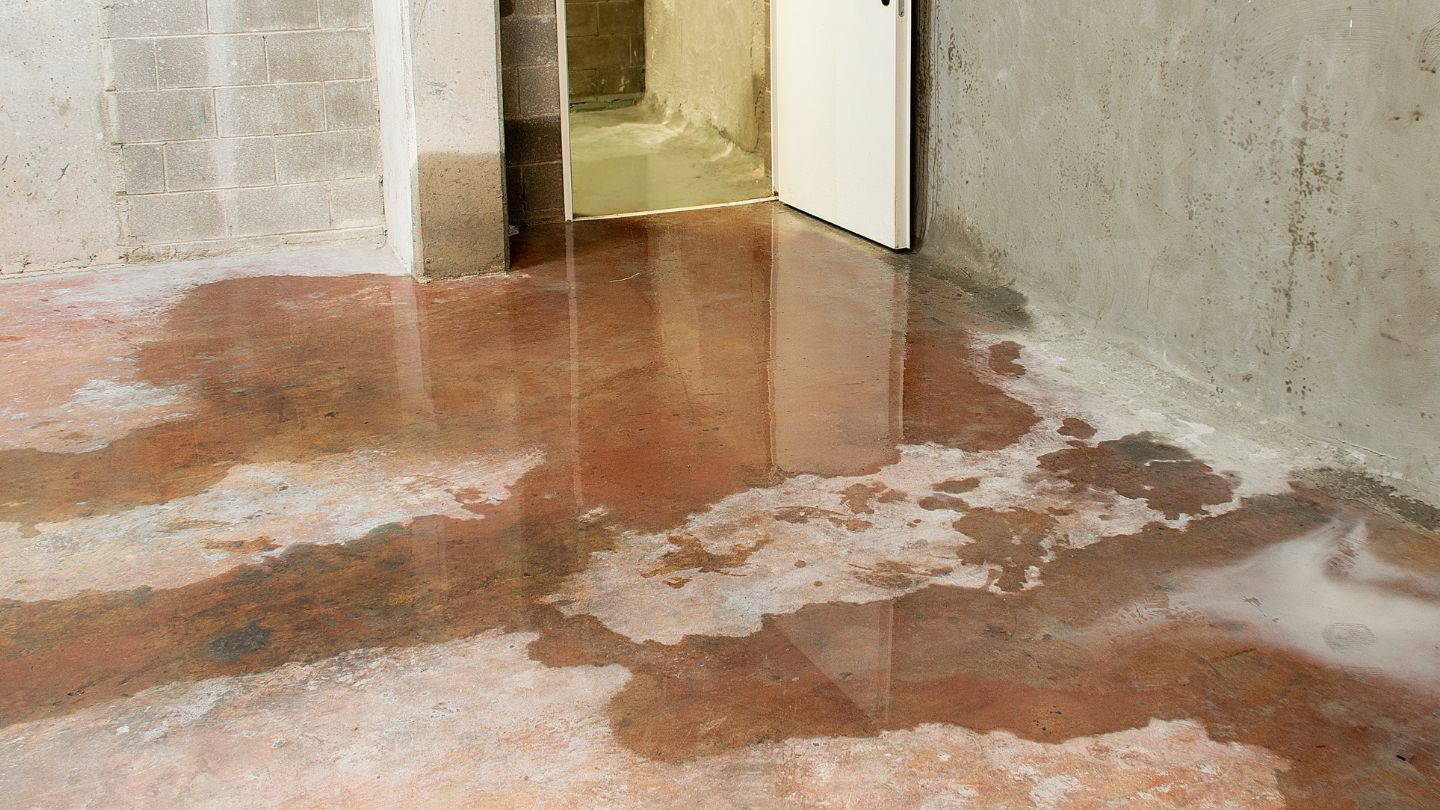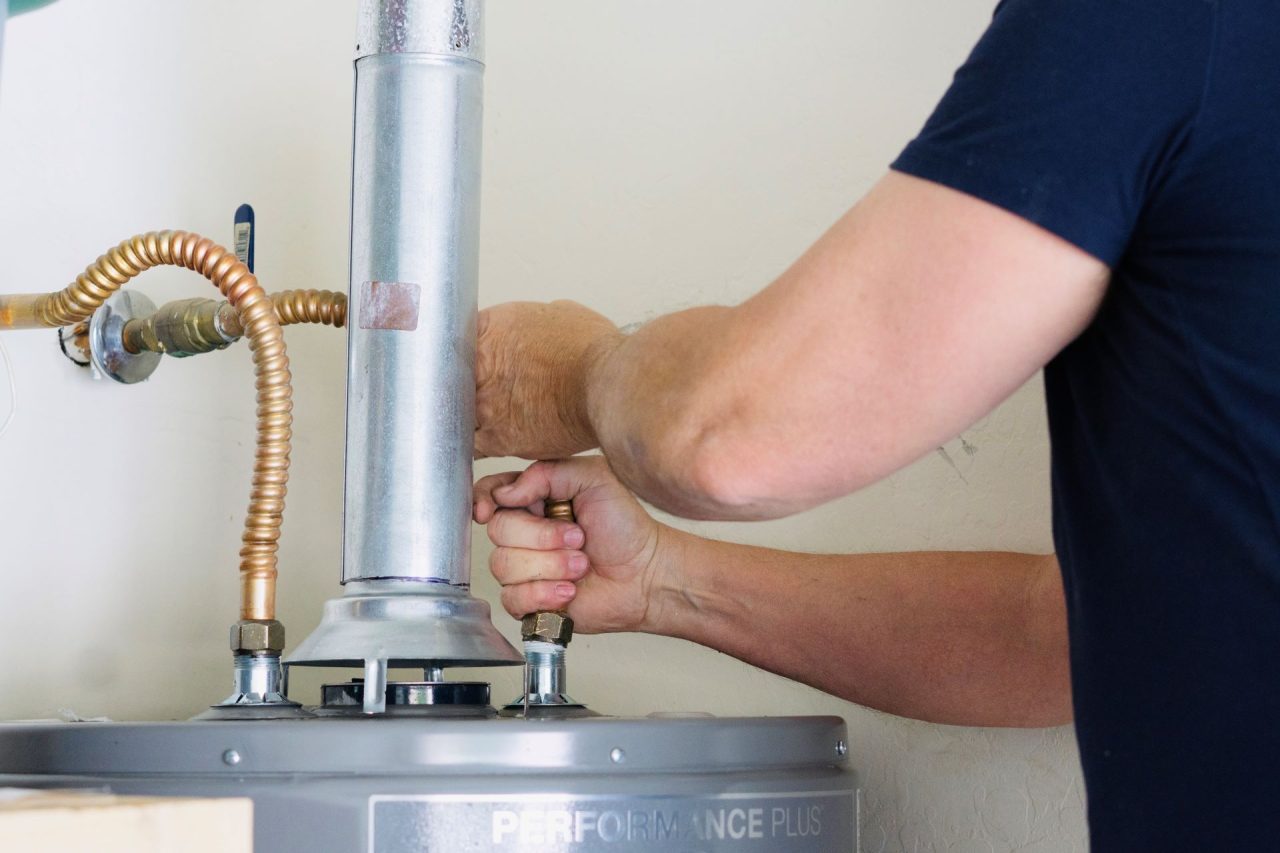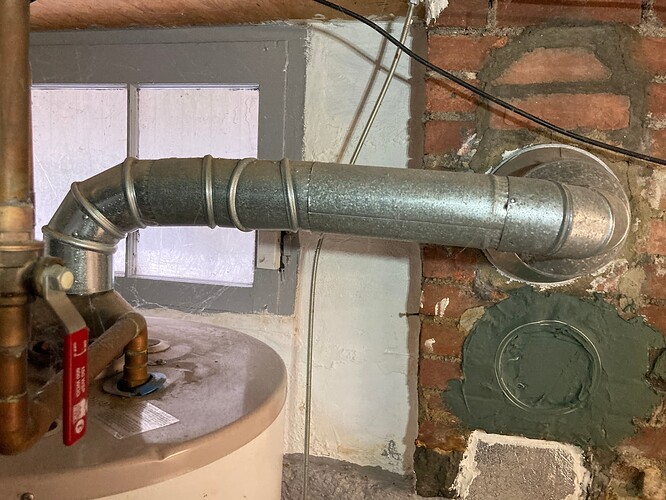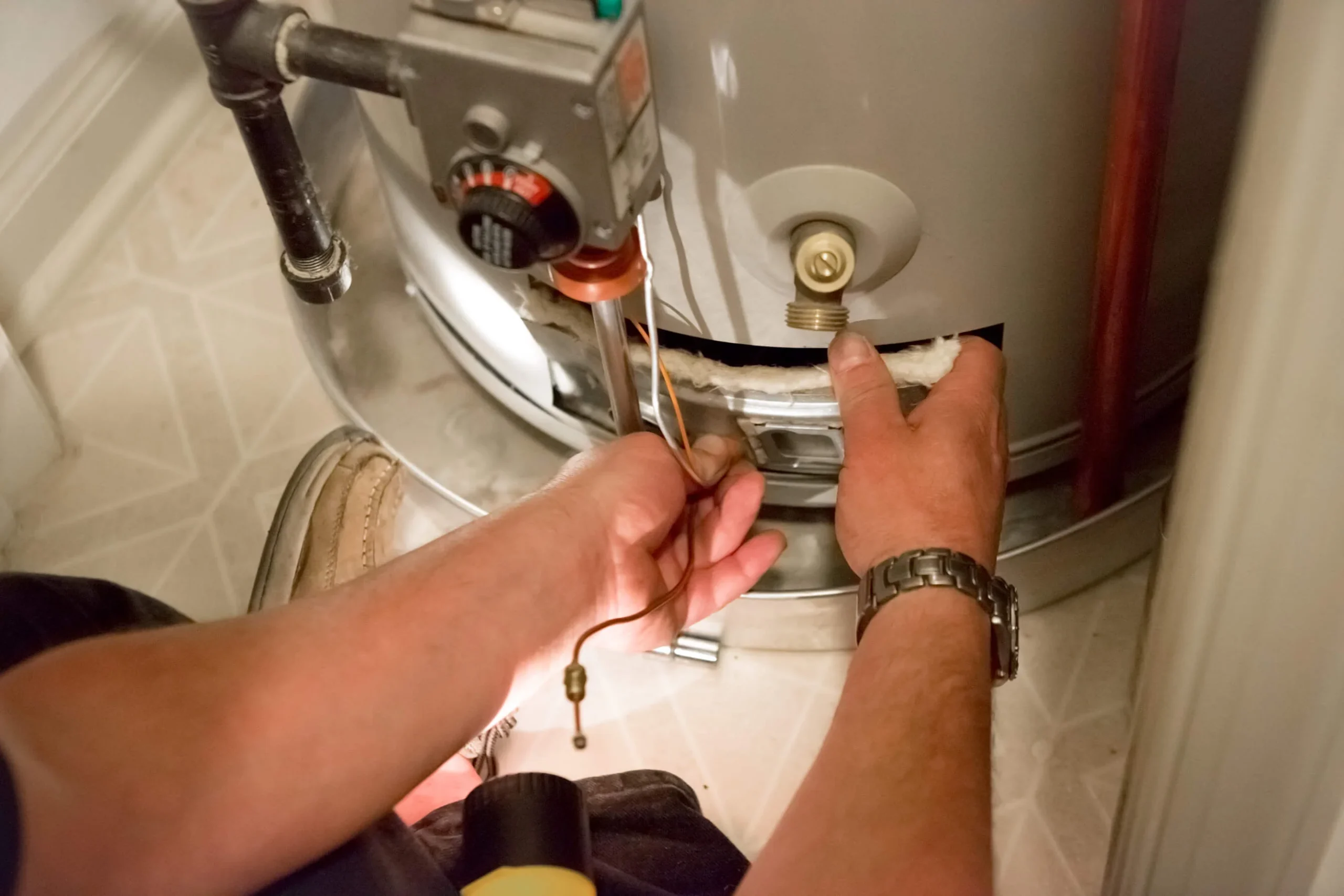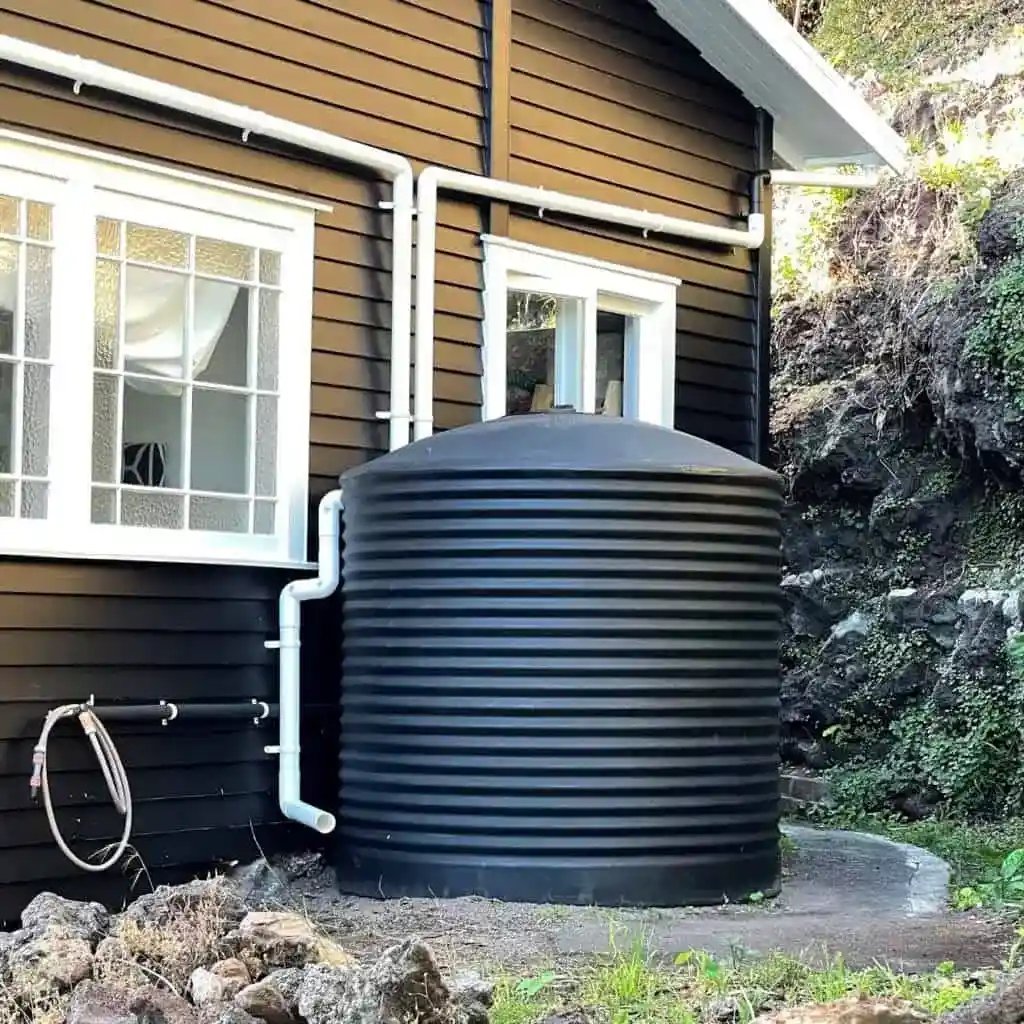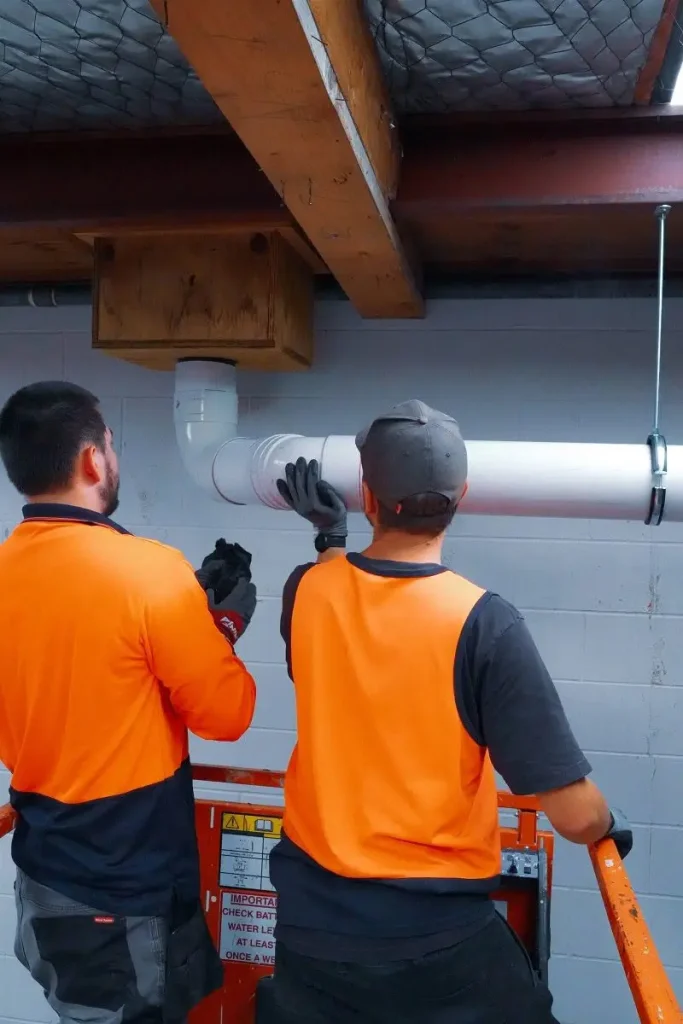Hot water cylinders play a crucial role in many New Zealand homes. If you have ever wondered how to drain a hot water cylinder, you are in the right place. Regularly emptying and flushing your cylinder is a simple yet effective way to keep your hot water clean, safe, and energy-efficient. A hot water system can account for around 18% of a home’s total energy use, so looking after your cylinder can help keep utility costs under control. And whether you have soft or hard water, this routine maintenance prevents harmful sediment from building up.
Below, you will find a friendly, data-aware walkthrough that describes why and how to drain your hot water cylinder. You will learn essential safety tips, step-by-step instructions, and best practices for long-term care. Good news—this is easier than you might think, and it generally requires only basic tools (like a garden hose). Let’s get started.
Recognise why draining matters
Removing built-up sediment is the main reason you drain your hot water cylinder. Over time, small mineral deposits (often from calcium and magnesium) settle at the bottom. They can reduce heating efficiency, cause odd noises, and even shorten the cylinder’s lifespan.
- A 2023 national survey found that homeowners who drained tanks once a year reported 10–15% fewer heating repairs.
- Hard water regions may see faster sediment accumulation due to high mineral content, making twice-yearly maintenance a better option.
- Flushing is different from draining. Draining removes the standing water, whereas flushing pushes fresh, cold water in to agitate and rinse away deeper sediment.
If you suspect extensive damage or an older cylinder, you might also explore a hot water cylinder replacement cost nz estimate. However, a simple drainage and flush can go a long way to preserving the cylinder you already have.
Take essential safety precautions
Before we delve into the details of how to drain a hot water cylinder, keep safety at the forefront. You will be handling heated water and electric or gas hookups. A bit of caution up front means fewer headaches later.
- Turn off power or gas
- Electric cylinders: Switch off the circuit breaker or fuse feeding your cylinder. This prevents electrical hazards.
- Gas cylinders: Turn your thermostat dial to the “pilot” setting so that the main burner shuts off.
- Let the water cool
- Hot water can cause severe burns. Turn the system off a few hours in advance and allow enough time for the water to drop to a safer temperature.
- Shut off the cold water supply
- Locate the valve feeding cold water into the tank. Turning it off ensures no new water flows in during draining.
- Open a tap or valve to allow air in
- Opening a hot tap or release valve upstairs helps the water flow freely out of the cylinder.
- Water systems are closed loops, so letting air in prevents a vacuum as the water drains.
- Check for potential freezing concerns
- If you are draining the cylinder to avoid frozen lines, keep in mind that you should not leave the water heater on when it is empty.
- In extremely cold conditions, maintaining a slow drip at a far faucet might help keep pipelines from freezing.
Perform the draining process
Once you have your safety basics in place, you can drain the hot water cylinder in about five main steps. Having a garden hose on hand is key, plus a suitable drain location (usually outdoors).
1. Attach a hose to the drain valve
- Locate the drain valve on the bottom of your hot water cylinder.
- Securely attach a garden hose and run the other end of the hose outdoors. A driveway or garden bed works well, as long as water can flow safely away from your home’s foundation.
2. Open the drain valve
- Slowly open the valve and allow the cylinder’s water to flow down the hose.
- To accelerate the process, you can open a nearby hot water faucet. This helps release air pressure so gravity can do its job.
3. Monitor water flow
- Let the water flow until it is completely gone. Keep an eye on the hose to see how much sediment is being flushed out. Sometimes you will notice a bit of discolouration or small grains.
- If the flow slows to a trickle but still leaves some water, sediment may be blocking the valve. Gently turn the cold water supply on and off a few times to break up the clog.
4. Flush the tank (optional but recommended)
When the tank is empty, turning the cold water inlet on briefly will help stir up and remove lingering sediment.
| Action | Purpose |
|---|---|
| Add short flush | Stirs up remaining sediment |
| Observe water clarity | Ensures sediment has been removed |
| Repeat if necessary | Improves thoroughness of flushing process |
5. Close valves and refill
- Once you are happy with how clear the water is, turn off the drain valve and remove the hose.
- Close any faucets that were opened, and then reopen the cold water supply valve to let the cylinder refill.
- Check around the drain valve for leaks before applying full pressure. If you notice your valve is severely clogged or leaky, consider replacing it (especially if your cylinder is older and still repairable).
6. Restore power or gas
- Electric cylinders: Switch the circuit breaker back on once the tank has filled and you do not hear any air in the lines.
- Gas cylinders: Move the thermometer control from “pilot” to its normal operating setting.
After these steps, the hot water cylinder should gradually heat back up. This is a great time to check if your heating element is working well. If it is not, you can review the cost to replacement hot water heater element.
Boost long-term care
Draining your hot water cylinder once a year (or twice for areas with harder water) is a smart move, but there are other small habits that can keep your cylinder in top shape.
Inspect your cylinder regularly
A quick visual check every couple of months can reveal:
- Rust or corrosion around joints
- Water pooling at the base (sign of a possible leak)
- Strange rattling or popping noises
- Discoloured water from taps
If you come across serious damage or unexplained spikes in your energy bill, it might be time to look into how does a hot water cylinder work to troubleshoot further or consult a professional.
Consider insulation
In cooler climates, insulating both the cylinder and the first few metres of hot water piping can reduce heat loss. This saves you money on energy and minimises the stress on your heating element.
Listen for signals
Popping or cracking noises often point to built-up sediment. A 2024 study from the Service Experts network suggests that well water or high-sediment municipal sources leave deposits faster. If your cylinder is noisy soon after a drain, a second flush might be helpful.
Use a consistent schedule
Building a routine is half the battle. Mark your calendar (or use a phone reminder) for your yearly or twice-yearly cylinder drain. If you miss a cycle, sediment accumulates, possibly leading to costly repairs. In that sense, once or twice a year is a small price to pay for a longer tank lifespan and stable hot water supply.
Wrap up and next steps
Well done. You have drained your hot water cylinder, cleared away sediment, and likely extended your tank’s lifespan. With around 80-120 gallons of hot water used daily in many households (though exact numbers can vary by region), a little maintenance goes a long way toward reducing bills and avoiding sudden breakdowns.
If you run into serious trouble or prefer professional assistance, FlowPro Plumbers and Gasfitters are here to help. They can ensure that your cylinder is drained, flushed, or repaired correctly. Whether you are dealing with persistent clogs, temperature inconsistencies, or simply want a quick inspection, calling an expert can bring you peace of mind.
Frequently asked questions
- Is draining the same as flushing a hot water cylinder?
Draining means emptying the tank, while flushing means adding fresh water to agitate and remove sediment more thoroughly. Both steps help protect your cylinder. - How often should I drain my cylinder?
Many homeowners do so once a year, but more frequent maintenance may be needed in hard-water areas. Consistent upkeep helps you avoid mineral buildup and unexpected issues. - Will draining my cylinder use up lots of water?
Draining does release the water in the tank, but if you schedule the process smartly (for instance, after showers or laundry), the water usage is not typically excessive. - What if the drain valve is severely clogged?
Try briefly turning the cold water inlet on and off to break up blockages. If it remains stuck, you may need a replacement drain valve, especially if the cylinder is still otherwise functional.
Remember, maintaining a healthy hot water cylinder can lead to fewer heating costs, fewer repairs, and more enjoyable showers all year round. By tackling these simple steps and staying alert to early warning signs, you ensure that you and your family have reliable, efficient hot water for the long haul.
